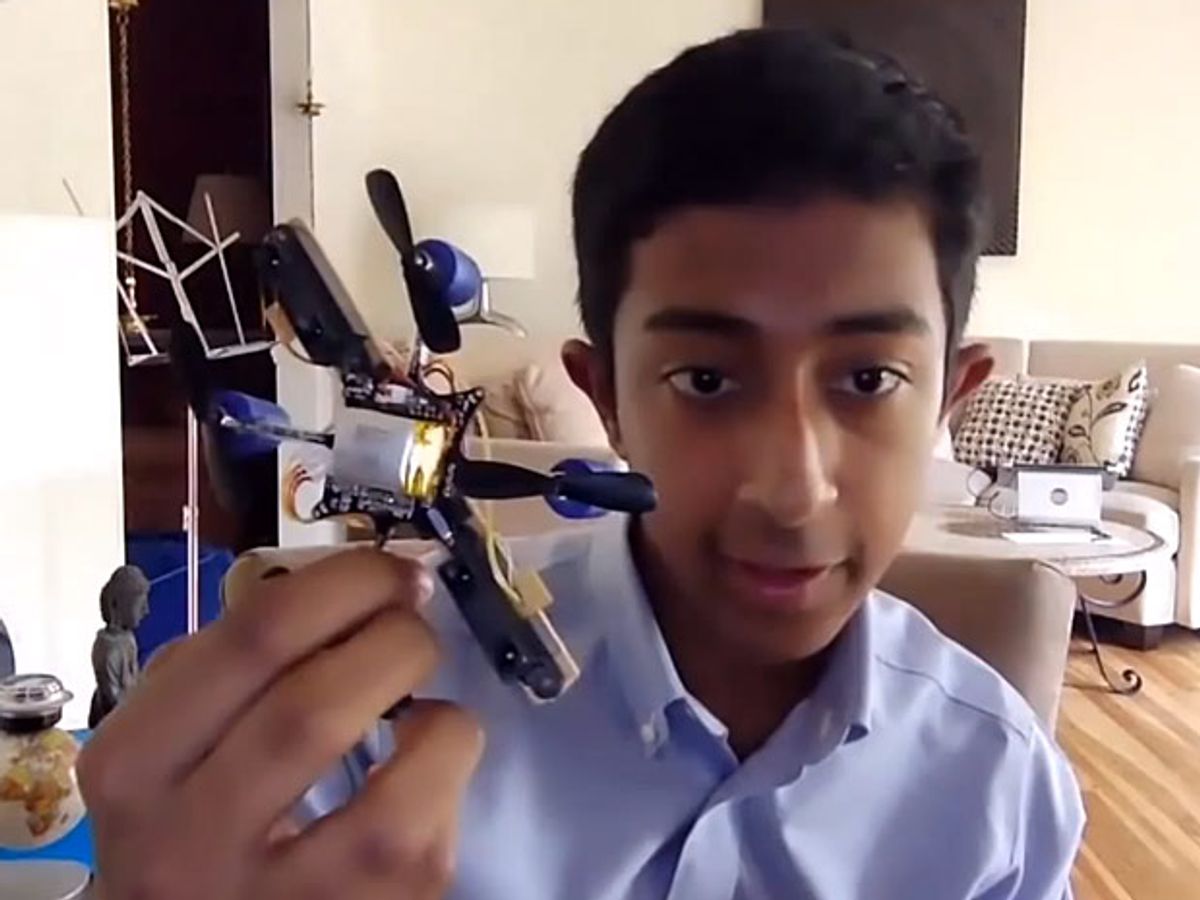The annual Google Science Fair is one of my favorite Silicon Valley events. Held on the Google Campus each September, it brings teens from around the world to wow the judges, press, and visiting schoolchildren with their cleverness, their surprising maturity, and their willingness to take on tough problems. The fair’s packaging has gotten slicker since its inception in 2011 — the first year the projects rested on shaky tables in a crowded, windowless room, with handwritten or simple printed posters mounted above them.
This year giant posters displaying facts about the finalists covered the exterior of the large exhibit space along with impressive displays full of professional graphics within — though none of this outshone the sparkle of the teens who saw a problem in the world around them and set out to solve it. I may be gushing, but there was star power in abundance — STEM star power. I wasn’t the only one who sensed it — I saw many of the visitors from local schools lining up for autographs of the 18 finalists. Hey, who wouldn’t want to have had the autograph of a 14-year-old Steve Jobs?
This year’s grand prize winning project came from Ireland. Teens Ciara Judge, Émer Hickey and Sophie Healy-Thow figured out a way to use naturally occurring soil bacteria, first noticed on a pea plant, to speed up the germination process of cereal seeds by 50 percent, making them less vulnerable to weather problems and increasing crop yields, and in that way address the global food crisis. Previously scientists thought that such bacteria, which has been used to jump-start some food crops, didn’t work on grains like barley and oats. As winners, they’ll each receive a 10-day trip to the Galapagos Islands from National Geographic, astronaut training from Virgin Galactic, and other goodies; they'll also split $50,000 in scholarship money from Google,.
As important as this discovery is, though, I found myself drawn to the more engineering-oriented projects. These included:
---Flybot: Fourteen-year-old Mihir Garimella, from Pittsburgh, (video above) figured out a way to make flying robots evade collisions with obstacles, moving and nonmoving, by behaving like fruit flies. Garimella got the idea for his system when his family returned from a trip, to find rotten bananas on a counter and a house full of fruit flies that seemed to be able to brilliantly evade swatting. Garimella’s uses the simple vision system of a fruit fly to allow an onboard computer to quickly detect and analyze a coming threat, and wrote algorithms to mimic the fruit fly’s tendency to dodge by moving first horizontally, then vertically to escape to the threat. Garmilla’s project won top honors in the 13-14 age group and the computer science award.
--The ThereNIM: Sixteen-year-old Eswar Anandapadmanaban from Jersey City, NJ, started looking at sleep apnea, and thought the normal way of monitoring it with sensors on the body is just plain weird. He also found out about the musical instrument, the Theremin, an electronic musical instrument that a player controls by moving his hands in space between two antennas, with the distance from one antenna controlling pitch and the other frequency. He came up with the ThereNIM (There-Non Invasive Monitor), a device that creates an electromagnetic field around a patient, and then looks at frequency changes in the field caused by inhales and exhales to monitor respiration; with the changes plotted on a computer.
Giant posters outside a building on Google's Mountain View campus introduce visitors to the Science Fair finalists.
--Wearable Sensors for an Aging Society. Fifteen-year-old Kenneth Shinozuka, built a thin, low-cost sensor, that either sticks on a person’s foot or slips into a sock, to trigger a smartphone app to alert a caregiver that the person is out of bed and on the move. Shinozuka was inspired by a grandfather with Alzheimer’s and an aunt who struggled to take care of him. Shinozuka says the system can also be used to detect gait irregularities that can be early signs of disease. He won the Scientific American Science in Action Award.
--Rethink. Fourteen-year-old Trish Prabhu from Naperville, Ill., went after cyber bullying (see video, above). After reading a news story about a suicide triggered by cyber bullying, she tested how willing teens tended to be to post offensive messages on social media sites, and whether a warning, pointing out that the message content is likely offensive and asking if the subjects still wanted to post it, determined that most would not choose to override the warning. She then built a web-based warning system, and is working on an app. But it seems her interest isn’t just in what she can build herself. She’s already acting as an advocate for women in STEM, and spent much of her presentation time at the science fair convincing high school students cruising the exhibits that girls can — and should — code. “It’s really not scary,” she told them.
A full list of the finalists and links to information about their projects is available here.
Tekla S. Perry is a senior editor at IEEE Spectrum. Based in Palo Alto, Calif., she's been covering the people, companies, and technology that make Silicon Valley a special place for more than 40 years. An IEEE member, she holds a bachelor's degree in journalism from Michigan State University.




